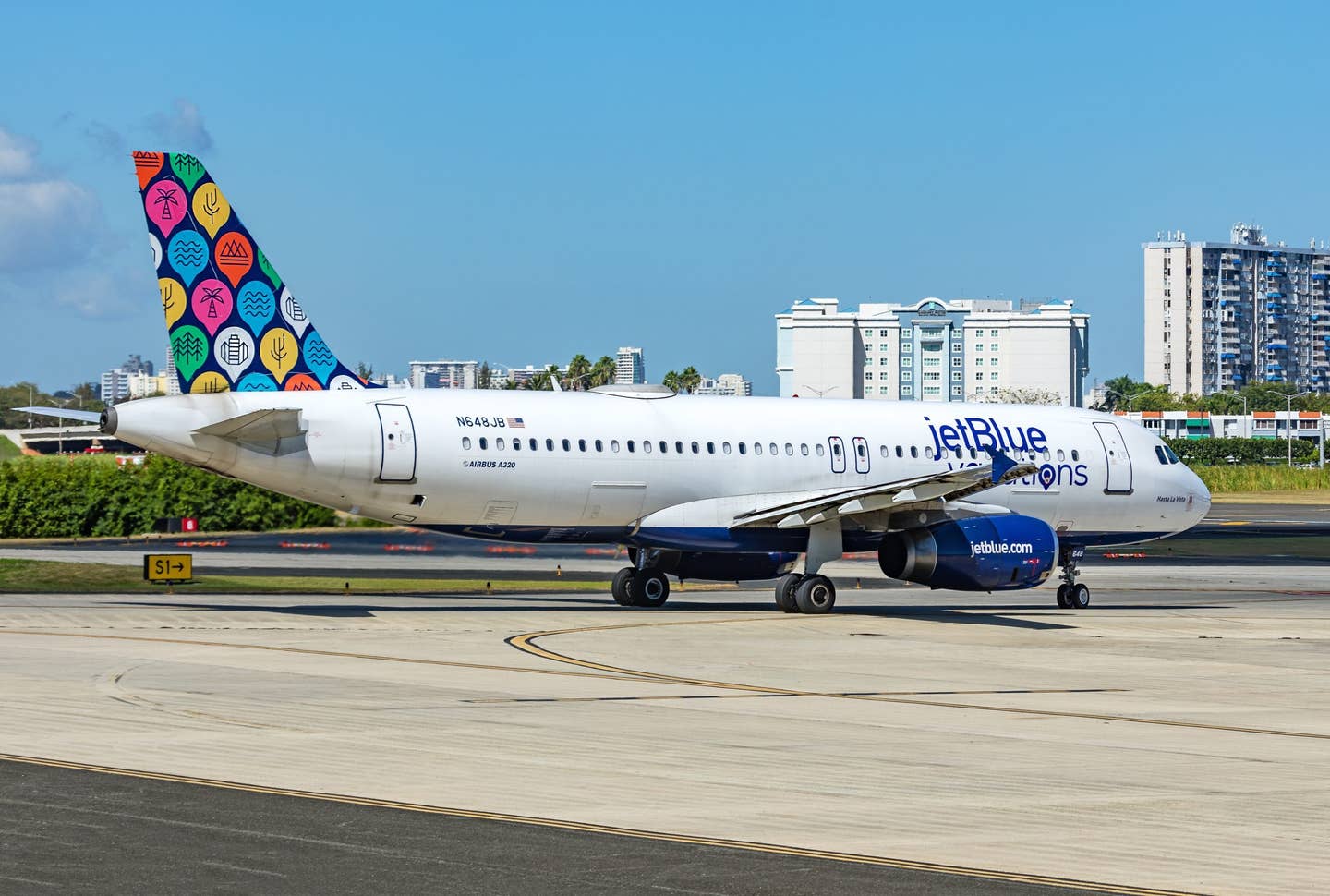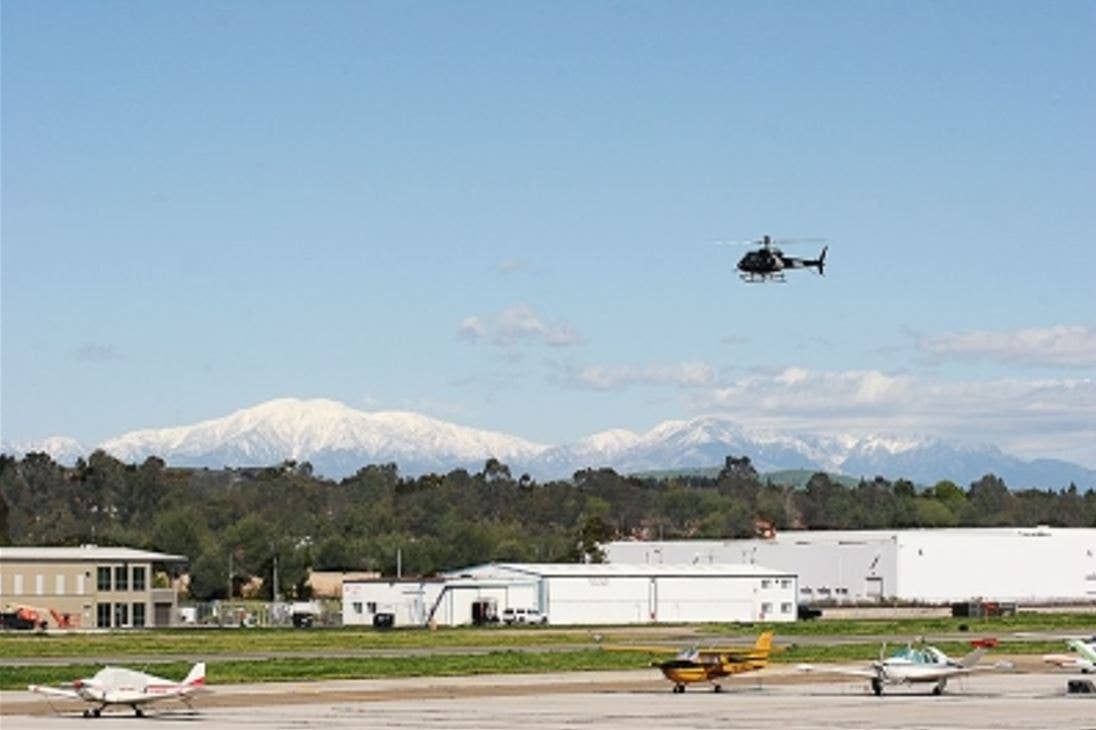
Malaysia Airlines Flight 370 disappeared on March 8, 2014. [Adobe Stock]
Other than Amelia Earhart’s fate, civil aviation has no greater mystery than the disappearance of Malaysia Airlines Flight 370 on March 8, 2014. The Boeing 777-200 departed Kuala Lumpur International Airport (WMKK) in the very early hours of the morning, destined for Beijing. It never arrived.
Having flown a 777 for nine years and having responsibly contributed to the media frenzy as an aviation analyst, the story resonates on a personal level. Perhaps that’s why I take issue with the Netflix three-part docuseries MH 370: The Plane That Disappeared. But more than my own angst, it is a disservice to the families and friends that lost loved ones to focus on theories that defy the facts for the purpose of generating a profit. Spoiler alert: Among other topics, this column summarizes the three conspiracy theories presented.
If you're not already a subscriber, what are you waiting for? Subscribe today to get the issue as soon as it is released in either Print or Digital formats.
Subscribe NowMuch of the series’ production revolves around aviation journalist Jeff Wise. While contributing with Wise, on and off air during the media coverage of MH 370, I found him to be affable, articulate, and well-read.
That said, it boggles my mind, considering the irony of his last name, why he would jeopardize his integrity by touting conspiracy theories despite data from credible sources. Initially, the Malaysian government and other aviation experts involved in the search were overwhelmed. Poor communication and a lack of definitive information served to create an atmosphere of skepticism and anger among MH 370 family members. Without concrete answers, the grieving process remained in limbo.
Searches were initially conducted in the South China Sea near the area of the waypoint intersection, where communication with MH 370 was last reported by the crew and civilian radar appeared to have momentarily tracked the airplane after it abruptly turned back toward Malaysia. The first game-changer came with the knowledge that the Malaysian military may have tracked MH 370 on a bizarre northwest heading over the Malaysian peninsula. As the search transitioned from hours to days, a British satellite company, Inmarsat, revealed the significant communication characteristics of the equipment on board the 777.
Apparently, despite the absence of radio communication and an active transponder code, the airplane had been acknowledging reception of a discrete satellite signal, colloquially called a “handshake.” In a startling revelation, this information indicated the airplane had continued to remain airborne long after its last known position. Inmarsat applied additional analysis, backchanneling the great circle satellite arcs of the handshakes utilizing mathematics and geometry. On that basis, it was determined MH 370 continued toward the vast south Indian Ocean. The analysis included various estimated flight times, distances, and altitudes to determine possible points of fuel exhaustion. The calculated search area was almost the size of Australia but refined after more data was baked in, inclusive of ocean currents.
Despite an international effort and two extensive search expeditions, the final resting place of MH 370 has never been found. Approximately 20 fragments of what is suspected to be the airplane has been discovered off the coast of Africa, with the most notable piece being a flaperon that washed onto the beach of Réunion Island.
So, irrespective of data-based information and the input of respected subject matter experts, conspiracy theories abound. Widebody jumbo jets don’t just disappear. With the assistance of Wise, the Netflix docuseries presents three of those theories. Note their scant plausibility.
The most popular is that the well-respected and liked Captain Zaharie Ahmad Shah is responsible for a mass-murder suicide. Rumors of discontent with the Malaysian government found their way into the media. Shah’s sophisticated and geeky desktop flight simulator was suspect, especially when it was alleged the FBI discovered a track similar to the calculated route of MH 370. That said, a portion of this track may actually have just been the movement of the simulator’s computer cursor.
Wise proposed a scenario whereupon just as the flight approached the last reporting point, entering Vietnamese airspace, Shah requested his copilot “go into the cabin and get me something,” under the guise that he is plotting a nefarious act. I can’t speak for Malaysian culture, but the majority of pilots make such a request to a flight attendant via the intercom rather than the other pilot.
Anyhow, the copilot finds himself locked out while Shah manually opens the pressurization outflow valve with the overhead switch. Oxygen masks drop for the passengers, while Shah dons his crew mask. The passengers and remaining crew eventually become asphyxiated because of the limited time their masks generated oxygen. The “evil” captain continues flying for at least another six hours and then dives the airplane into the ocean. Crew oxygen supply lasts longer than for the passengers, but it’s very limited, certainly not six hours’ worth. So, the airplane would have to be repressurized. I’ve never deliberately depressurized an airplane, but I can’t imagine it’s a fast process unless you’re ready for major eardrum pain.
The second theory involves two passengers with Russian backgrounds. Wise speculated these operatives gained access to the electronics equipment bay. One disabled communication and obtained navigational and operational control of the airplane through a laptop, while the other distracted crew and passengers. Motive? To distract the world from Russia’s invasion of Crimea in Ukraine. Access to the electronics equipment bay is through the floor of the first-class galley, nearest the forward entry door. The cabin crew would have to be deaf, dumb, and blind to miss the activity. And how does one land a 777 from beneath the cabin floor?
The final and third theory was authored by French journalist Florence de Changy, who speculated that because the cargo manifest included 2.5 tons of electronics bound for China, the U.S. made the decision to shoot down MH 370. The basis for the theory? Two Airborne Warning and Control System (AWACS) aircraft were operating in the vicinity. And an amateur sleuth analyzed satellite photos of what was claimed to be a debris field in the waters of the South China Sea that corroborated this.
Aside from the conspiracy required for such a diabolical plot, the theory ignores the fact that pieces of MH 370 were found on the beaches of African islands far from the South China Sea. Additionally, AWACS aircraft direct fighter jets toward an aggressor and do not engage themselves. So, where did the fighters depart from?
This docuseries would have received higher marks had the conspiracy theories been analytically disputed on air. But if you enjoy good quality cinematography, well-edited B-roll, and melodrama, then by all means tune in for about two hours. If you want credible answers to this inconceivable 21st century mystery, you’ll probably have to wait until the actual wreckage is found.
My apologies to 239 families.
This column first appeared in the July 2023/Issue 939 print edition of FLYING.

Sign-up for newsletters & special offers!
Get the latest FLYING stories & special offers delivered directly to your inbox







